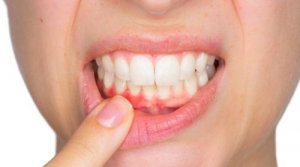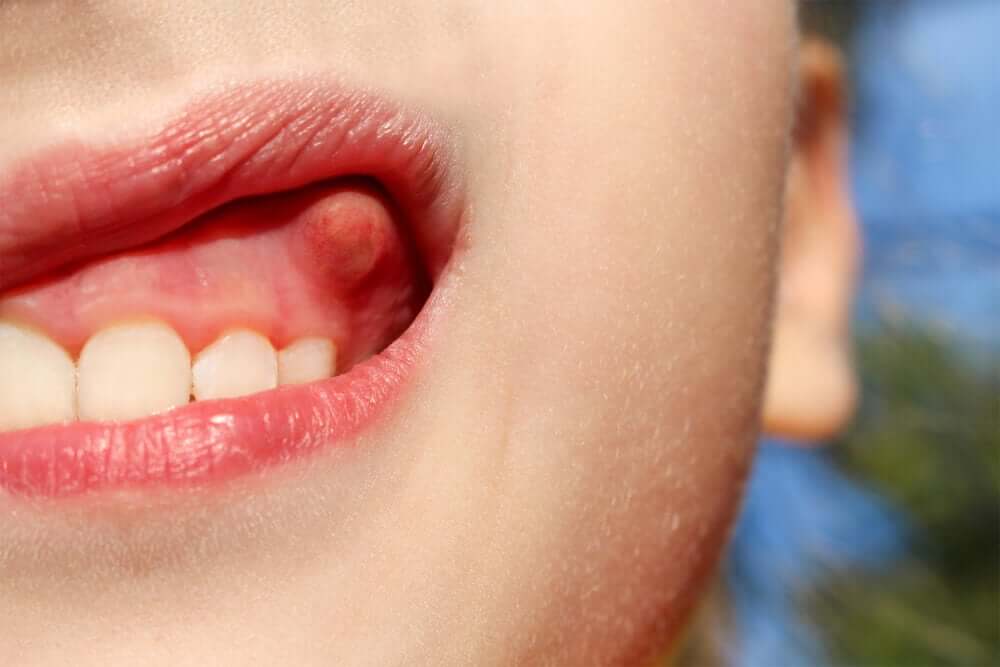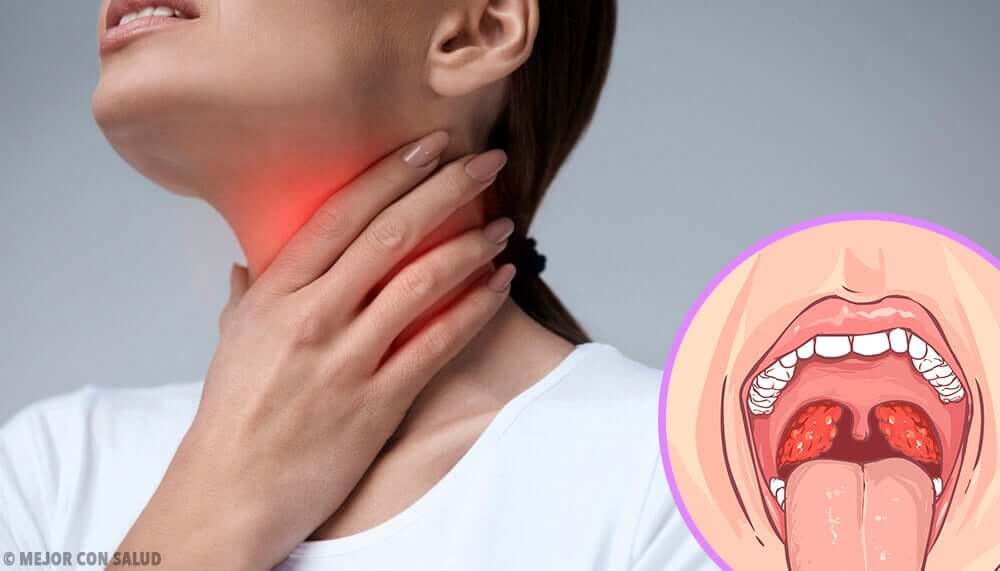Dental Abscesses and How to Treat Them

Dental abscesses are a fairly common medical condition, and they can happen at any age. It’s important to address and treat them as soon as possible to prevent complications.
Basically, a dental abscess is an infection that takes place in the teeth or gums. They’re very uncomfortable and can cause an acute and stabbing pain that gets worse over time.
Usually, the first thing that happens is inflammation in the gums. When this happens, it’s best to carefully explore the area to look for possible bags of pus. If there is pus, it means that there is a dental abscess.
What are dental abscesses?

Dental abscesses are accumulations of pus due to a bacterial infection. This can happen in different parts of your mouth for different reasons. Usually, they form at the root of a tooth or between the gums and teeth.
This infection is filled with pus and gradually becomes inflamed. Also, it becomes more and more painful.
Dental abscesses tend to spread to surrounding areas. Sometimes, they extend to the mouth, face, jaw, and even the throat. In more severe cases, they can even block the airways.
Depending on what produces them, we can divide dental abscesses into two types:
- Periapical abscesses. These abscesses form under the tooth. Generally, poorly treated tooth decay or dental trauma causes them. These are the most common dental abscesses.
- Periodontal abscesses. These occur when the abscess forms in the tissues that support the tooth. In other words, they appear in the gums or bone.
Read: 5 Habits to Help You Take Care of Your Dental Health
Characteristics and causes
Inflammation is a sign that your body managed to isolate the infection. The bag of pus is a concentration of white blood cells along with viruses, bacteria, and pathogens that attacked your immune system. Therefore, dental abscesses are how your body defends itself.
Periapical abscesses occur when bacteria have invaded the deepest part of the tooth called dental pulp. In this case, pathogens enter through tooth decay or cavity. Then, they move on until they reach the root of the tooth.
Usually, this happens because you haven’t taken care of cavities well. Also, they happen if you don’t take care of your teeth well, or eat too much sugar and sweets.
For periodontal abscesses, this is where a foreign body goes to the root of the tooth, or there’s something not normal with the tooth. All of this makes it easier for bacteria to spread.
Symptoms and diagnosis of dental abscesses

Also, there may be inflammation in your cheek or face. In many cases, you may even have a fever and the lymph nodes in the neck or jaw might swell. On the other hand, you might have a bad or salty taste in your mouth.
Normally, your dentist will make a diagnosis after reviewing the area. Sometimes, you may need an x-ray to see how much the infection has spread. If it spreads a lot, the dentist might order an MRI.
Discover: Get Rid of Toothache with These Incredible Home Remedies
Treatment
The treatment for dental abscesses is to get rid of the infection. To do this, your dentist might do some of the following things:
- Drain the abscess. In this case, s/he will make a small incision in the abscess to remove the pus. Then, s/he will clean the area with a saline solution.
- Perform endodontics. This consists of drilling the tooth, removing the dental pulp, and draining the abscess. Then, they will seal the pulp cavity, as well as the root canals of the tooth. Generally, the dentist will also cover the tooth with a crown.
- Antibiotics. When the infection has already spread, your dentist will most likely prescribe antibiotics to prevent it from spreading any further. Similarly, the dentist will do this if you have a weakened immune system.
- Extraction. If there is no other option, the dentist will take out the tooth to stop the infection.
Sometimes, dental abscesses burst spontaneously. No matter what, though, you need to go to the dentist. After applying the treatment, the prognosis is good. However, if you don’t drain the fluid, the infection can spread to other parts of your body. In fact, it can even cause sepsis, which is life-threatening.
All cited sources were thoroughly reviewed by our team to ensure their quality, reliability, currency, and validity. The bibliography of this article was considered reliable and of academic or scientific accuracy.
- Medina Castro, J. F. (2009). Prevalencia de caries dental y necesidad de tratamiento en pacientes adultos con demanda de atención diagnóstica.
This text is provided for informational purposes only and does not replace consultation with a professional. If in doubt, consult your specialist.








